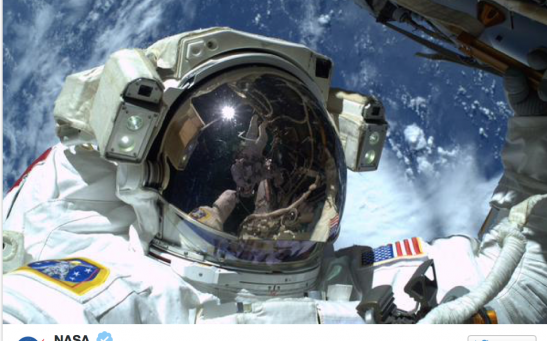astronomy
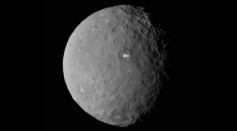
As Dawn Spacecraft Approaches, A Second Bright Light Emerges from Ceres
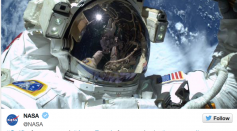
Spending The Weekend Strolling Around Space—Spacewalking Aboard the ISS
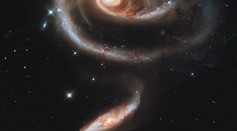
Could Dark Matter and Black Holes Cause the Swirl In Your Galaxy?
Researchers Find How Acidified Oceans Have Become with Help of NASA and ESA Satellites
Ash, Auroras or Clouds—What Could this Strange Martian Plume Be?
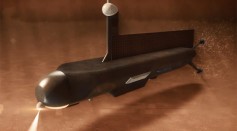
VIDEO—How Antiquated Technology May Reveal the Secrets of Titan’s Seas
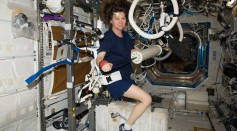
Valentine’s Day In Space—A Promise to Better Heart Health
ESA Mars Express Orbiter Reveals Place for Caffè on Mars’ Southern Icecap
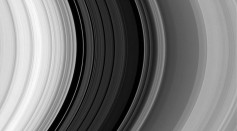
Seeing In Shades of Red—Revealing the Rings of Saturn
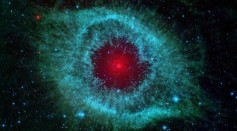
Stellar Duo Fated to Meet a Supernova End—Twin Stars Discovered in Henize 2-428
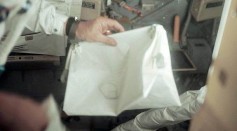
Neil Armstrong's Apollo 11 Artifacts Stowed Away For More Than 40 Years
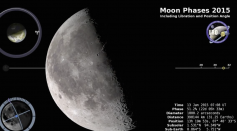
What Lies On the 'Dark Side' of the Moon?
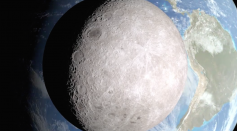
Thanks To Lunar Reconnaissance Orbiter NASA Reveals What Lies on the Dark Side of the Moon
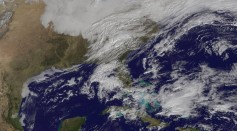
NASA & NOAA Satellites Reveal Stunning View of Record-Breaking New England Winter Storm
Most Popular

Plato’s Long-Lost Grave Found Using AI To Decipher Herculaneum Scrolls; Greek Philosopher Had Been Sold Into Slavery: Report

Influenza Shows Highest 'Pandemic Potential' Among Ranked Pathogens, Study Reveals

Fastest Things in the Universe: Top 5 Cosmic Phenomena With Immensely High Speed

UFOs Piloted by Spiritual Entities? Fox News' Tucker Carlson Makes Bizarre Claim, Suggests That They Do Not Behave According to Laws of Science

